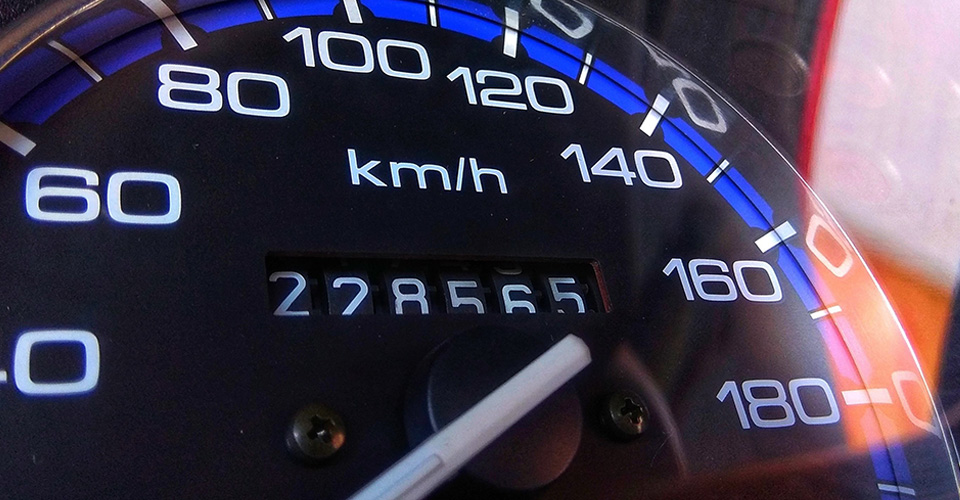Is your dealer rolling back kilometres?
Odometer fraud is more common than one would think. This isn’t surprising, because people rarely look a gift horse in the mouth. Suppose you’re buying a used car, and the odometer reading says 30,000 kilometres. In that case, you’d be forgiven for thinking that’s a good read. And if you turn a page to discover that the car is even fitted with new shiny parts, you’d be forgiven for thinking you’ve struck gold! But shiny new parts that would ordinarily be replaced by around 65,000 kilometres on a car with only 30,000 kilometres on the clock may indicate odometer tampering.
According to data from the European Commission, odometer fraud causes damages of approximately €9.6 billion a year (that’s over R163 billion). So, how can you tell if your used car isn’t an over-used one? Here are four easy steps to follow when buying a used car.
What is odometer fraud?
Odometer fraud is the disconnection, resetting or alteration of a vehicle’s odometer with the intent to change the number of kilometres indicated.
4 easy steps to avoid odometer fraud.
It can be difficult to determine if a vehicle’s odometer has been tampered with, especially on modern cars with digital dashboards. However, a vehicle’s condition can make it easier to get to the truth. Here are four ways to detect odometer fraud:
One: Check the mileage.
The average driver travels up to 20,000km a year. So, if a car is seven years old, but shows nothing close to 140 000 km, the odometer may have been tampered with.
Two: Check the service book.
Compare the mileage on the odometer with the mileage indicated on the vehicle’s maintenance records.
Three: Check for wear & tear inside the car.
Inspect the pedals, gear, steering wheel, and seats. If any of these or most of the interior is badly worn, that might be inconsistent with a low mileage reading.
Four: Ask your mechanic to examine the car.
A mechanic knows what parts would be original on an older car depending on how many kilometres it has travelled.



